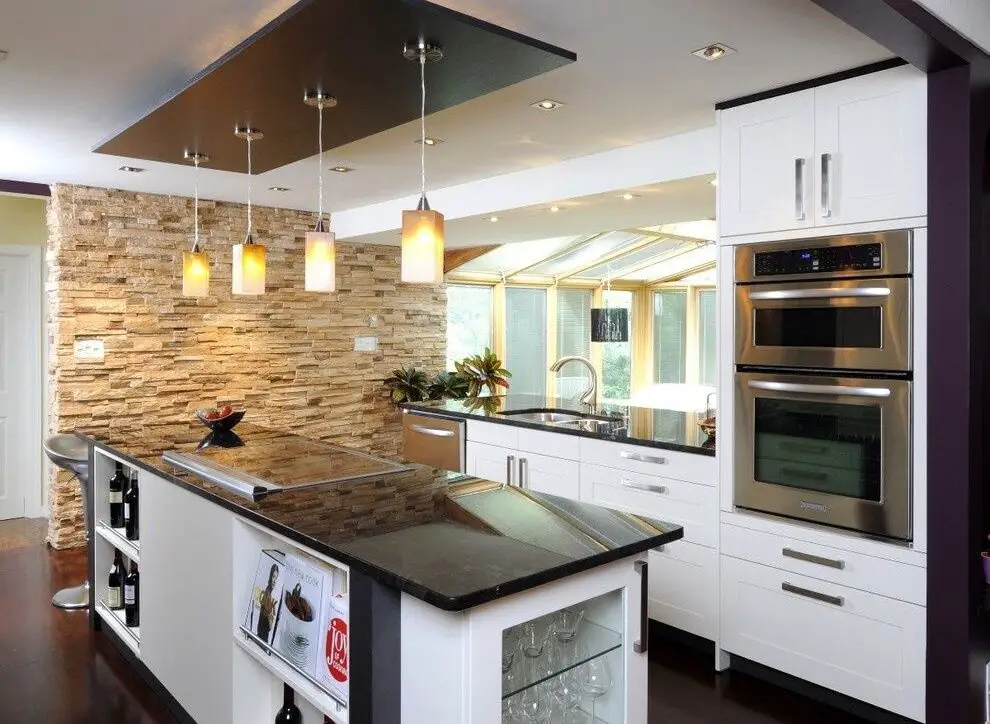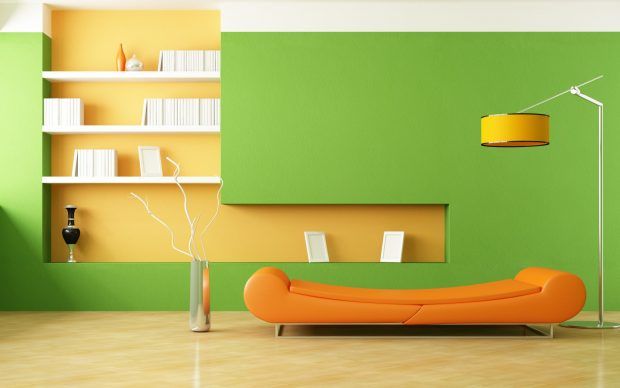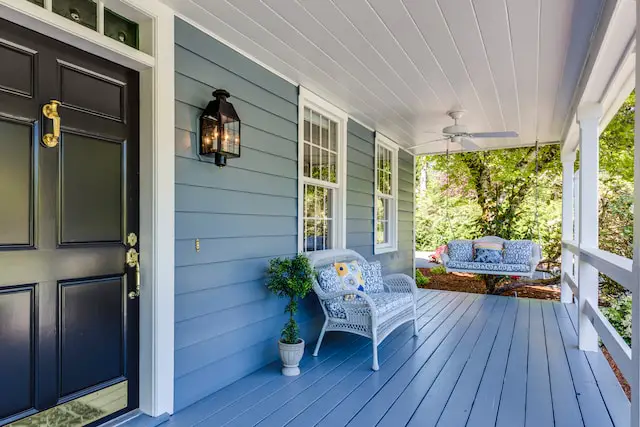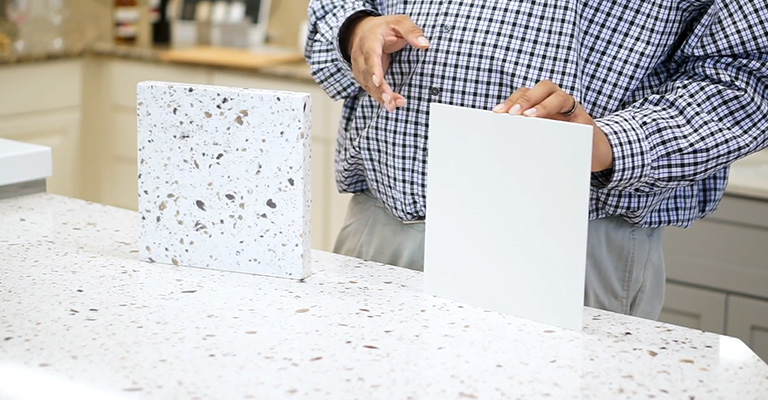Countertop Ceiling: The Innovative Design Trend

In the ever-evolving world of interior design, the concept of the ‘countertop ceiling’ is gaining remarkable attention. This innovative design element, merging the practicality of traditional countertops with the aesthetic appeal of ceiling design, is revolutionizing how we perceive interior spaces.
What is a Countertop Ceiling?
A countertop ceiling refers to the design practice where materials typically used for countertops, like granite, quartz, or marble, are extended upwards to create a unique ceiling design. This trend is not just about material continuity but also about creating a seamless visual flow from the horizontal to the vertical plane.
The History and Evolution
The idea of countertop ceilings can be traced back to open-concept designs where designers sought to create a cohesive look throughout the space. Historically, materials like wood or stone were used to give a sense of continuity. Today, with the advent of new materials and technologies, this concept has evolved into a more sophisticated and visually striking design choice.
Benefits of Countertop Ceilings
Aesthetic Appeal
They offer a unique, modern look that can become the focal point of any room.
Durability and Ease of Maintenance
Materials like granite or quartz are known for their durability and easy maintenance.
Value Addition
A well-designed countertop ceiling can significantly increase the property’s value.
Design Considerations
When considering a countertop ceiling, it’s important to factor in the weight of the material, the structure of the building, and the overall design aesthetic. Consulting with an architect or interior designer is crucial to ensure that the structural integrity of the space is not compromised.
Installation and Maintenance
Proper installation by professionals is key to ensuring the longevity and safety of a countertop ceiling. Maintenance, much like with traditional countertops, involves regular cleaning and occasional sealing, depending on the material.
Cost Implications
The cost of a countertop ceiling varies depending on the material and the complexity of the installation. While it can be an investment, the payoff in terms of aesthetic appeal and property value is significant.
Environmental Impact and Sustainability
With a growing focus on sustainability, selecting eco-friendly materials and considering the environmental impact of the installation process is crucial. Many homeowners and designers are now opting for recycled materials or sustainable alternatives.
Expanding the Concept: Variations and Customizations
Personalization in Design
One of the most exciting aspects of countertop ceilings is the ability to personalize them. Homeowners and designers can choose from a plethora of textures, colors, and patterns, ensuring that each ceiling is a reflection of personal style and taste. This customization extends to the choice of material, finish, and even the incorporation of artistic elements like mosaics or inlays.
Integration with Interior Themes
The countertop ceiling concept isn’t limited to modern or contemporary spaces. It can be seamlessly integrated into various interior themes, from rustic to classic, by selecting appropriate materials and designs. For instance, a wood-patterned countertop ceiling can enhance the warmth of a rustic interior, while a sleek marble finish can complement a more modern or minimalist design.
Technological Enhancements
In the realm of smart homes, countertop ceilings offer a new avenue for technological integration. Imagine a ceiling that not only complements the room aesthetically but also serves functional purposes, like housing smart lighting systems or sound systems, or even changing its appearance with the help of advanced materials and technologies.
Challenges and Solutions
While the concept of countertop ceilings is visually appealing, it presents certain challenges, such as structural support for heavier materials and the complexity of installation. Addressing these challenges involves innovative architectural solutions, the use of lighter materials, or even the development of new materials specifically designed for this purpose.
The Role of Professionals
Given the complexities involved, the role of professional interior designers, architects, and installers is crucial in bringing a countertop ceiling to life. These professionals not only ensure that the design is aesthetically pleasing but also that it adheres to safety standards and building codes.
Looking Ahead: The Broader Impact
Influence on Architecture and Design
The countertop ceiling trend is influencing broader architectural and interior design practices, encouraging professionals to think more holistically about space and how different elements can interact. This approach leads to more integrated and cohesive designs that blur the lines between different components of a space.
Sustainability and Future Materials
As we move towards more sustainable practices, the materials used for countertop ceilings will likely evolve. The future may see a rise in the use of recycled materials, biodegradable options, or even lab-grown materials that offer the same aesthetic appeal without the environmental footprint.
Future of Countertop Ceilings
The future of countertop ceilings looks bright as more innovative materials and installation techniques are developed. This design trend is set to evolve further, potentially integrating smart home technology and becoming more accessible to a wider audience.
Conclusion
The integration of countertop ceilings into modern interior design brings a harmonious blend of functionality and aesthetics. The juxtaposition of marble countertops with wood countertops, often accentuated by flat panel cabinets or white cabinets, creates an ambiance that exudes so much character. Quartz countertops, especially when paired with paneled appliances, amplify the sophistication of any kitchen. This innovative approach not only enhances the ceiling height but also contributes to an open space feel, redefining the traditional concept of upper cabinets.
The use of white countertops, in particular, offers a pristine and spacious appearance, while crown molding adds a classic touch, seamlessly marrying elegance with modernity. Countertop ceilings provide an ingenious solution for maximizing storage space without compromising on style. The strategic placement of counter shelves under these visually appealing ceilings not only optimizes space but also adds a unique decorative element. By transforming the ceiling into an extension of the counter, homeowners can enjoy a cohesive design that elevates the overall look of their space.
This design trend, rooted in the desire to create an open and inviting atmosphere, ensures that every element from floor to ceiling works in tandem to create a harmonious and aesthetically pleasing environment. As a result, homes with countertop ceilings boast not just enhanced functionality but also an elevated sense of style and character.






